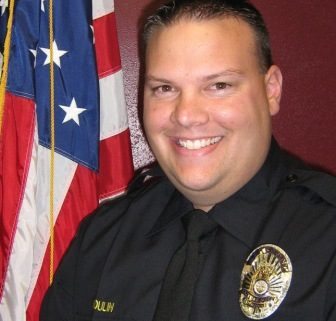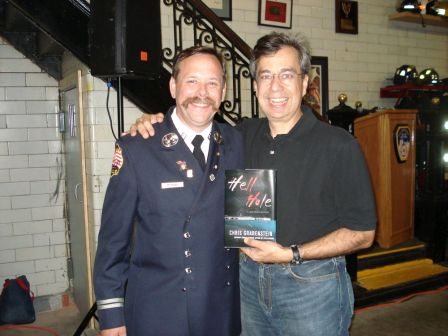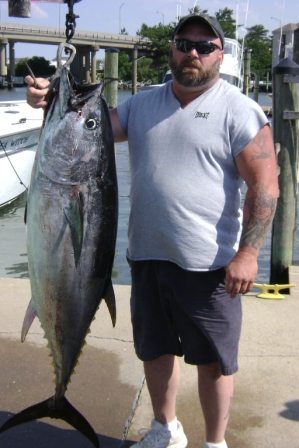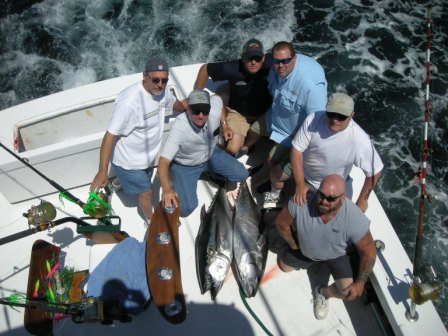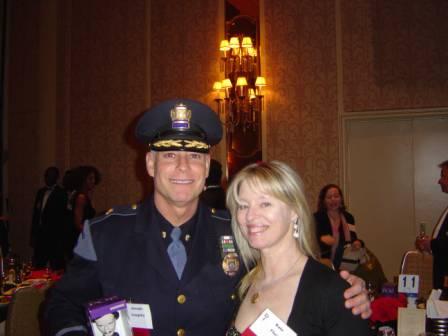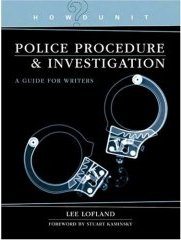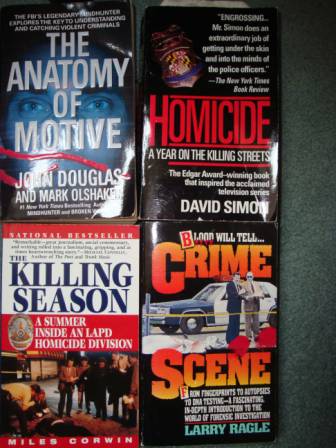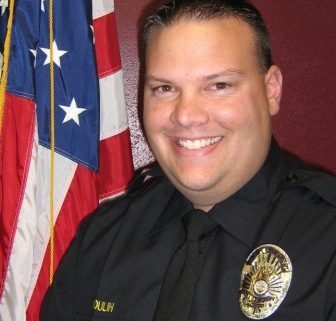Computer Forensics and Child Exploitation – From the Case Files of the Southern Oregon High-Tech Crimes Task Force
Occasionally I will write about a case that I have investigated within our task force to provide some real life examples of how technology is used to commit crimes in our society.
In late 2005 the Southern Oregon High-Tech Crimes Task Force received information from the National Center for Missing and Exploited Children (NCMEC) about a male in Central Point, Oregon who was in possession of child pornography. A screen name was provided with the report from NCMEC and by serving subpoenas to Internet Service Providers (ISP’s) I was able to determine the suspect’s true identity was that of a man named Mark Doty. Just after receiving this information, a completely different informant provided me with information about a man named Mark Doty in Central Point who was engaging in sexual intercourse with young boys at his home.
Between the two reports and other information gathered during our investigation enough probable cause was established to apply for a search warrant for Doty’s home and computer. During the spring of 2006 I wrote a search warrant and took it to a judge for review. The judge agreed that enough probable cause existed and granted the warrant.
Members of my task force as well as federal law enforcement agents executed the search warrant at Mr. Doty’s residence. When we served the warrant Doty was at home and I interviewed him about our investigation while other agents searched his home and seized evidence.
Several items of evidence were transported to our digital evidence forensics laboratory and over the next several months they were all analyzed. At the conclusion of the forensic examination evidence was found that Doty was possessing images depicting children involved in sexual abuse. It was also found that Doty was using Yahoo! Messenger to find young boys and compel them to perform sexual acts in front of a web camera. He did this by portraying himself to be a Police Officer and threatening police action against these boys if they did not do what he asked. Unfortunately, this tactic worked and several young boys did perform various sex acts for Doty.
On September 12th 2006 I arrested Doty on several felony charges for child pornography. In February of 2007 Mark Doty took his case to trial and was convicted on fourteen felony counts of Encouraging Child Sexual Abuse and was sentenced to prison.
Mark Doty
background: #bd081c no-repeat scroll 3px 50% / 14px 14px; position: absolute; opacity: 1; z-index: 8675309; display: none; cursor: pointer; top: 874px; left: 20px;”>Save

